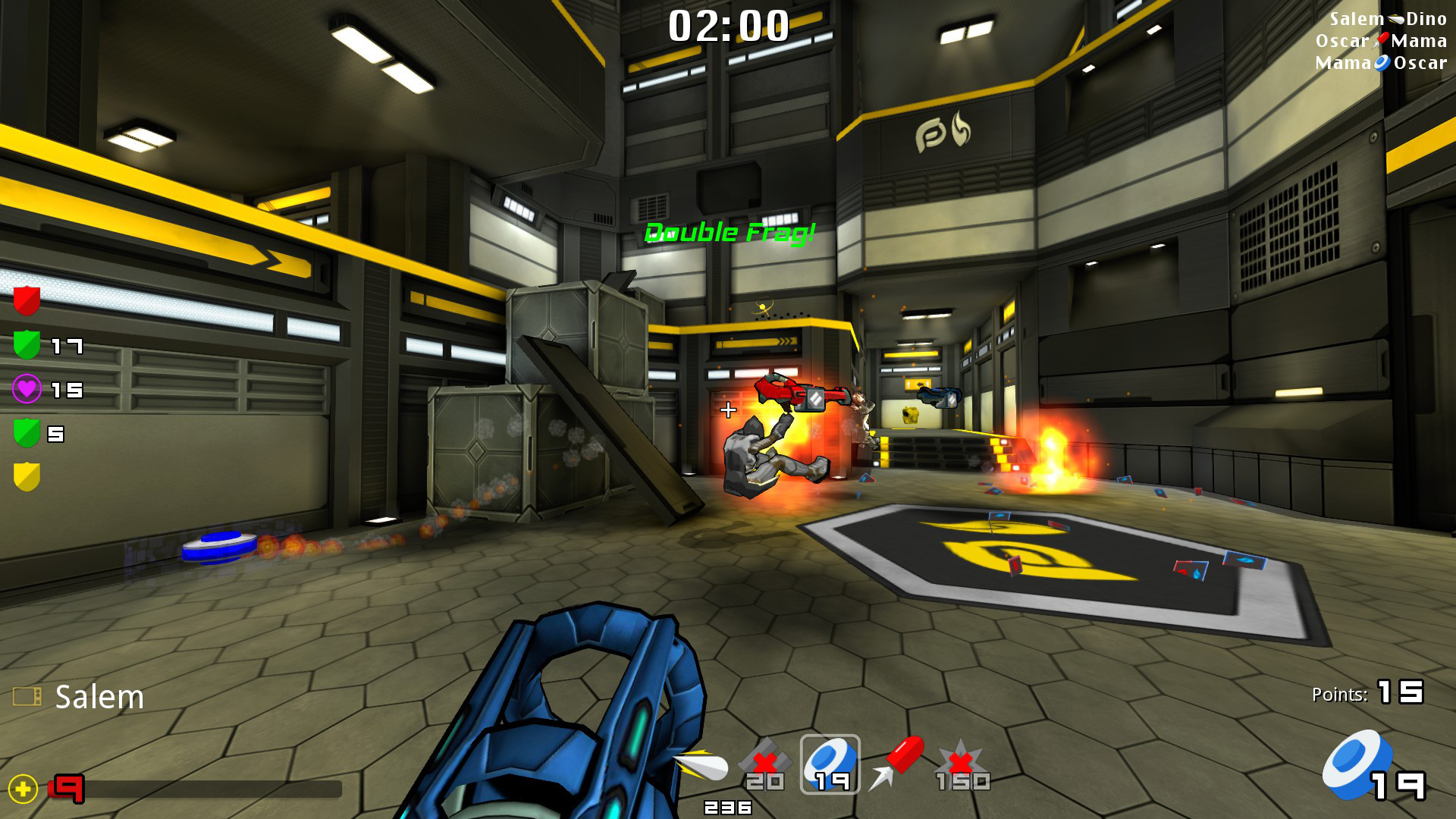


To demonstrate, I have cisco 7200 and we will configure simple IP address on interface and verify its running config. As we discuss earlier, in classic IOS when we configure each line on CLI it will become part of its running config. We will see all this very closely in below configuration example.įirst, we will see single-stage model of classic IOS. Also when you apply your bulk configuration on router, this model helps you in doing subsequent operation such as verification, checkpointing and logging. The advantages of two-stage configuration model are what configuration will become your router running config. In this stage, your entire target configuration will be committed using “commit” command and it will become part of your running config. This target configuration doesn’t affect your router running configuration. In this stage, you can address both, command syntax and transport error to ensure your entire target configuration has entered in the router successfully. In two-stage model, first stage is target configuration where user builds his configuration. This kind of approach doesn’t scale properly ,there could be many potential problems occurs like when you apply configuration from a file or script, It is possible for only part of the user-intended configuration to take effect due to syntax or transport error that can leaves the router configuration in an inconsistent state.Ĭisco IOS XR support two–stage model. Example: if you assign IP address to any interface, it will immediately apply as running configuration. In single-stage model, each line of configuration that enters in the router takes immediate effect. Configuration concept of IOS XR:Ĭisco classis IOS support single-stage model. To understand this command first you need to know configuration concepts of IOS XR. In this document you will learn about “Commit” command used in IOS XR. Command syntax of IOS XR is different than classic IOS.


 0 kommentar(er)
0 kommentar(er)
